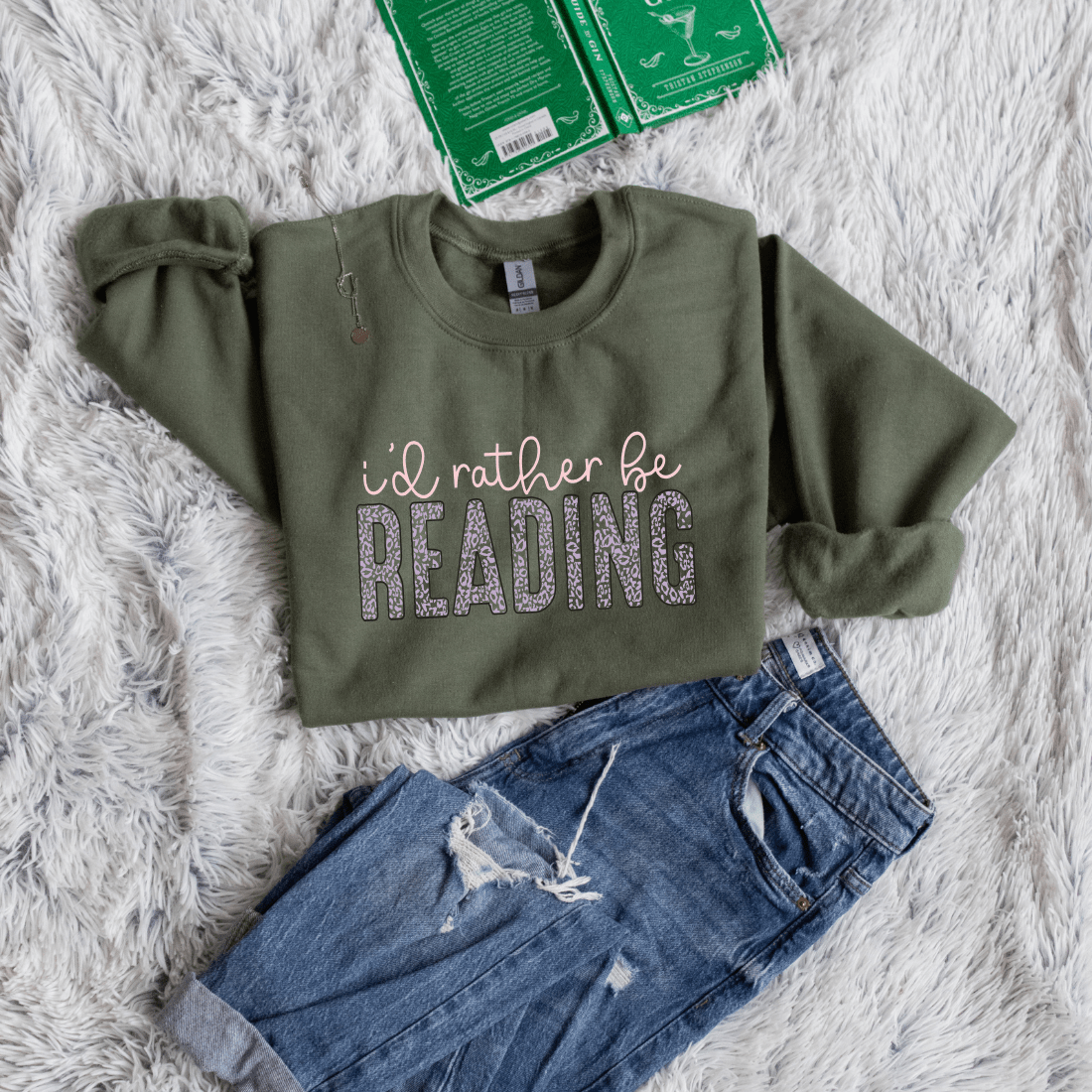
Creating a Book Club Playlist for Every Mood
Table of content
- 1. Key Takeaways
- 2. Why a Book Club Playlist Works: Setting the Atmosphere
- 3. Genre-Based Playlists: Matching Music to Fiction Types
- 4. Mood-Based Playlists: Calm, Cozy, Intense, and More
- 5. Building the Playlist Together: Member Contributions
- 6. Book-to-Song Pairings: Scene or Character-Specific Tracks
- 7. Instrumentals and Focus Playlists for Quiet Reading
- 8. Using Playlists as Book Club Icebreakers or Background Sound
- 9. Tips for Sharing and Archiving Your Book Club Playlist
Key Takeaways
- Music can set the emotional tone for book club meetings and reading sessions.
- You can create playlists based on genre, theme, or emotion.
- Use free platforms like Spotify or YouTube for easy sharing.
- Encourage group collaboration so everyone feels included.
- A playlist can double as an icebreaker or discussion starter.
- Instrumental tracks work great for reading in silence.
- Pairing songs with specific scenes or characters adds depth.
- Save your playlists to revisit during re-reads or anniversaries.
Why a Book Club Playlist Works: Setting the Atmosphere
Music helps people focus, relax, and feel things more deeply. In a book club setting, that emotional boost can shape how members experience both reading and discussion.
- A soft background playlist can help ease into conversations.
- Music can mirror a book’s mood — tense, cozy, dreamy, dark.
- Certain songs can also serve as memory triggers, anchoring parts of the story to sound.
For example, when reading something reflective or emotional, like titles from Books That Help with Stress Relief and Relaxation, a calming playlist can create a matching vibe.
Adding music isn’t just about ambience — it’s about building emotional connection. It can also help those who feel shy in discussions get into the mood more easily.
Genre-Based Playlists: Matching Music to Fiction Types
Each genre has a rhythm of its own. Matching the music style to the genre you're reading adds depth to your club experience.
| Genre | Music Style | Sample Artists |
| Fantasy | Epic orchestral | Two Steps From Hell, Florence + The Machine |
| Sci-Fi | Synthwave/electronic | Kavinsky, M83 |
| Romance | Indie pop/folk | Lord Huron, Phoebe Bridgers |
| Mystery | Ambient/noir jazz | Ólafur Arnalds, Bill Evans |
If you're reading something from The Best Fantasy Books That Will Truly Enchant You, try a soundtrack with sweeping instrumentals or magical tones. This adds a fun layer to the discussion: Which genre fits which type of music best?
Mood-Based Playlists: Calm, Cozy, Intense, and More
Not every book fits neatly into one genre. That’s where mood-based playlists come in.
Try this simple pairing method:
- Cozy reads → Lofi beats, acoustic guitar
- Dark thrillers → Cinematic tension, minimal electronic
- Self-help/memoirs → Piano, ambient background
- Adventurous reads → Fast-paced indie, rhythmic percussion
Use a playlist while reading or to kick off a mood-driven book night. Great picks for this can come from Reading Rituals That Help You Unwind and Focus. Mood-based playlists can also change week to week, depending on how the book evolves.
Building the Playlist Together: Member Contributions
To make the playlist truly feel like a club effort, involve everyone.
- Set up a shared Spotify or YouTube playlist.
- Ask each member to add 1–2 songs they think match the book’s tone.
- Talk about song choices at the next meeting.
This gives shy or quiet members another way to participate. Music can say what words sometimes can’t.
Want to build stronger engagement? Use some of the tips from 5 Questions to Spark Engaging Book Club Discussions. A collaborative playlist builds a shared mood before the discussion even begins.
Book-to-Song Pairings: Scene or Character-Specific Tracks
Some songs feel like they were written for a specific moment in a book. Use this as a creative activity:
- Ask members to choose one song that fits a scene or character.
- Talk about why it fits — lyrics, vibe, instrument choice?
You can even print lyrics or link to videos as part of your discussion guide. This works well with adapted titles from Book-to-Movie Adaptations: Why You Should Read the Book First. Compare your song picks to what the film used. It’s a fun way to analyze both plot and character through a different lens.
Instrumentals and Focus Playlists for Quiet Reading
If your club enjoys silent reading meetups or relaxed reading time at home, instrumental playlists are best.
- Try artists like Ludovico Einaudi or Balmorhea.
- Use services like Lofi Girl or Chillhop.
- White noise or rain sounds work well too.
These soundscapes help members concentrate while reading without lyrics to distract them. You can even create your own "focus mix" and keep it updated monthly.
Using Playlists as Book Club Icebreakers or Background Sound
Playlists can help fill awkward silences or start discussions. Try these uses:
- Play a short clip and ask members to guess the book or scene it matches.
- Let the playlist run quietly in the background while people settle in.
- Create themed nights: a jazz night for noir, or 80s pop for a retro read.
Pair this idea with 10 Icebreaker Questions for Your Next Book Club Meeting to loosen things up and get people talking. Even if it’s just ambient music, it makes your book club meeting feel special.
Tips for Sharing and Archiving Your Book Club Playlist
Preserve your playlists like you would photos or discussion notes.
- Title each playlist with the book name and date.
- Save them in a shared Notion, Google Doc, or club newsletter.
- For physical mementos, include a QR code in your Personalized Book Gift Box.
You can also print your playlist in themed bookmarks or zines — perfect for gifts or anniversary meetings. Each playlist becomes part of your club’s history — a soundtrack of your reading life.
What platform is best for building a book club playlist?
Spotify is best for collaboration. YouTube is also great for public sharing.
How long should a playlist be?
About 10–15 songs. Enough to fill an hour-long meeting, but not too long to skip around.
Do we need a new playlist for every book?
Not always. Use one when the book's mood or topic feels strong enough to inspire music.
What if our music tastes don’t match?
Let everyone submit a track or two. The diversity becomes part of the fun.







